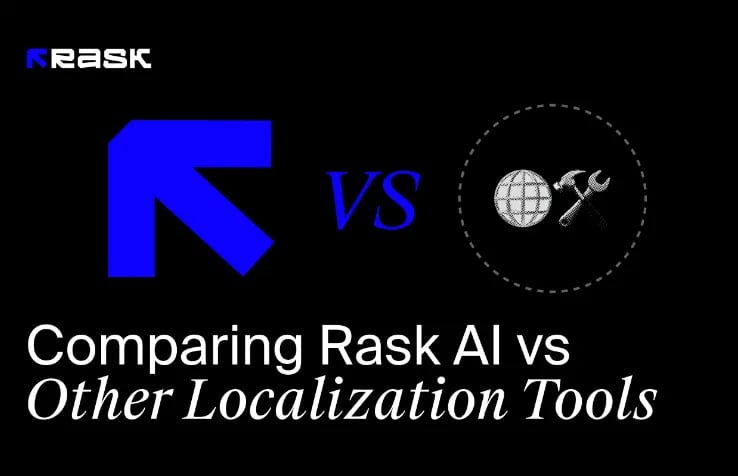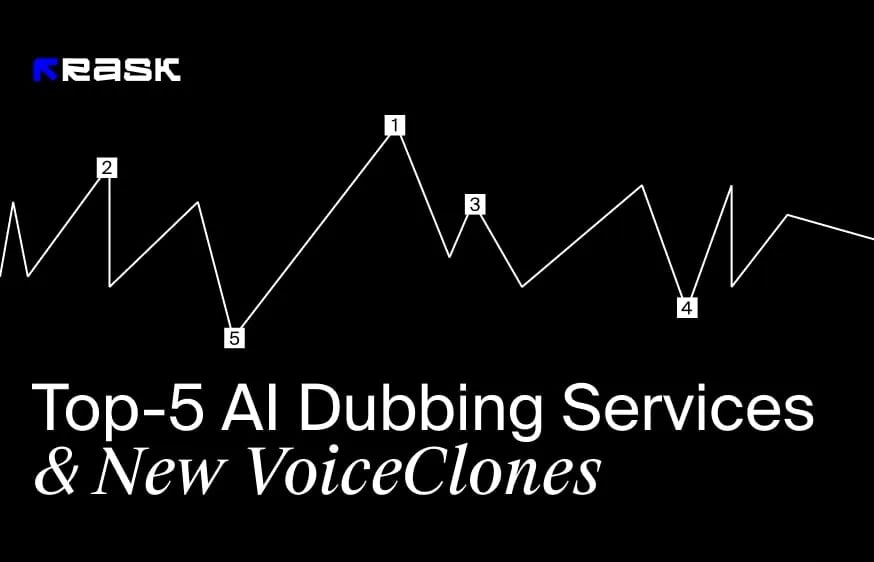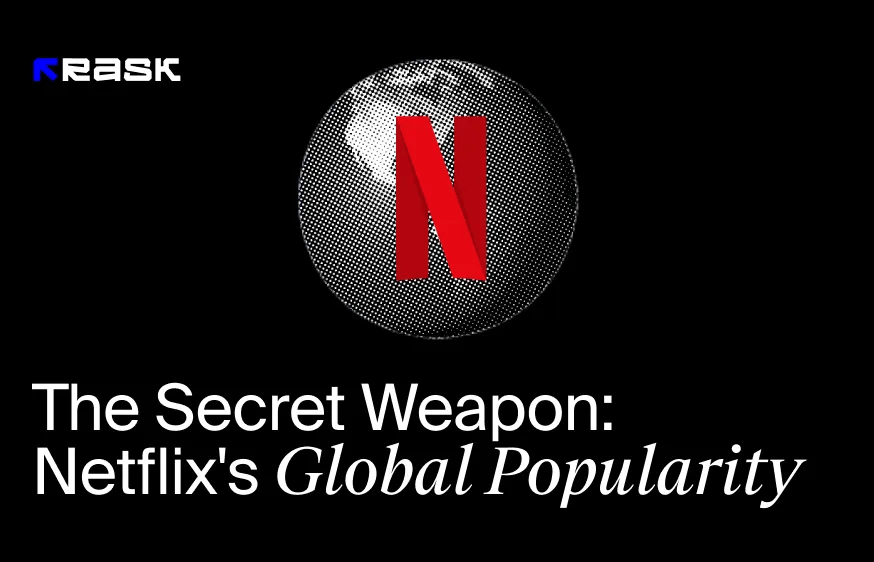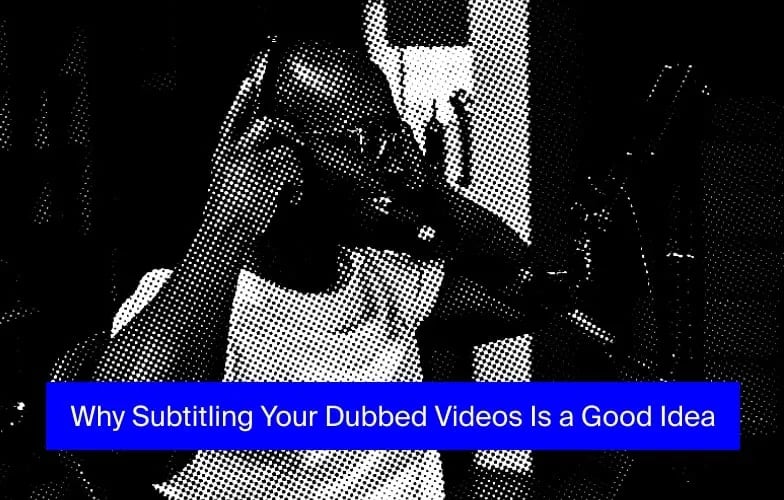Breaking Barriers with Rask AI: Dubbing Apps for Translating Videos Beyond 2 Hours When Others Fail
Have you ever heard of the term "video localization"? If yes, then you probably already know that it is currently one of the easiest and most effective ways to go global. While the process itself can cost millions for some (in case you hire freelancers or teams to perform the work for you), there are numerous popular applications that cost around $20 and can quickly dub any type of video content for successful localization.
Dubbing refers to adding or replacing dialogue in a video or movie production. Creators then need to make the video look more natural using lip-syncing - the process where you lip-sync the dialogue in a new language to on-screen speakers. The last step is mixing with the original production's music to create a finished soundtrack for the new locale.
With a wide range of tools, only one in ten apps will let you develop long-form content. And we are not speaking about the price here - some apps (even the most pricey ones) just don't work with long-form videos and allow users to upload videos only for up to 30 minutes or an hour if you are lucky enough.
The good news is there is still a go-to solution - Rask AI. While we will definitely go deeper into the functionality Rask offers as the leading dubbing app, here we will discover dubbing video in general, its key elements, reasons to consider, and why other dubbing apps fail. So, let's get to the point.
What Is Video Dubbing?
Dubbing (also known as "revoicing") is the video editing process where you add or replace (most often this option) the original dialogue in audiovisual content. Generating voiceovers in different languages is one of the most well-known examples of dubbing.
The translated voiceover is recorded and then matched to the lip movement. Although matching the new dialogue to lip movements isn't necessary, it is still an excellent way to make your video content more authentic and personalized.
Knowing what speakers are saying in the native language helps viewers better understand what is going on in the video and get familiar with the brand/services you offer. This grows customer loyalty retention rates and improves their overall satisfaction with the content.
Dubbing vs. Voiceovers | Differences
You already know what dubbing video means. Let's quickly explore what voiceovers are. They are also sometimes referred to as 'UN Style.' This technique is mostly used for explanatory and informative videos.
Therefore, documentaries, interviews, and podcasts, along with other scientific or technical videos, are a perfect fit for voiceovers. When using a voiceover, the voice actor (or AI-powered dubbing apps) is recorded over the original sound.
The original sound is often still present in the video but in a much lower pitch than the voice actors.
Key Differences Between Dubbing And Voice Over
Dubbing is Active
Video dubbing means you use fully immersed different characters by a voice actor who replaces the original voice. Therefore, there is much expression and evocation of emotions in place. The editing video process involves considering every beat within the film and working hard to ensure the voice matches the lip movements as closely as possible.
In contrast, voice-over does not include all these aspects - it has little to no emphasis on the nuances of tone and emotion. Its main goal is to let the viewers understand what is going on in the video.
Dubbing Replaces Original Audio
Dubbing is a whole performance, and it is a complex editing video process. That is because video voice dubbing involves entirely replacing the voice on an audiovisual clip. Therefore, it suits best video clips for localization, movies, feature films, and other types of videos that need to break into new markets successfully.
Voiceover, in contrast, is more often used for shorter content, films, and content that is less informative in nature. The voiceovers won't replace the original audio files and often come in the form of narration, storytelling, and translation.
Dubbing Affects Emotions
Voiceover acts as verbal captioning or verbal subtitling in its nature. They are designed for viewers to consume the audiovisual content. Therefore, professional voice actors don't need to act on the character, so most creators use tools instead of hiring voice actors.
Video dubbing is a completely different story. As we mentioned, video voice dubbing involves emotions, so it affects the emotions of the viewers as well. Therefore, the translated dialogue includes proper tonality, emotions, varying expressions, dialect, and accents. The goal is for the viewer to absorb the message in the most authentic and personalized way during the localization.
Dubbing is Unnoticeable
Quality video dubbing should cover any form of evidence that the content has been translated. The goal is to pass off the foreign language the way it will look and sound like it was an original audio. Dubbing, therefore, acts as an illusion. In the case of voiceovers, viewers understand that a foreign voice isn't the original version.
Key Benefits of Instant Dubbing
Reduce Communication Barriers
Dubbing is the perfect choice when it comes to making your videos available to a broader audience. Video voice dubbing is actually one of the most crucial steps of the localization process. Dubbing apps can work as a go-to solution to reduce communication bridges and make videos not only available but also personalized for different languages and locales.
Increase Engagement
A professional quality video dubbing not only allows you to engage the audience but also keeps the viewer interested in what you have to offer through the content. When they watch and listen to videos in their native language, they tend to build an emotional connection with the brand and with the content itself - growing retention rate levels and keeping the audience engaged for longer.
Authenticity
Video dubbing is more than just translating the video clip. Therefore, it covers different cultural nuances. This includes specific terms and other elements crucial for the target audience. As a result, dubbed voices will be able to give a sense of authenticity to the viewer that changes how they consume the videos and interact with your brand.
The Purpose of Dubbing Apps and How Video Editing Software Works
So, how do dubbing apps exactly work? And what is their role in the grand scheme of video content localization? In essence, dubbing apps are there to ease the entire process and reduce localization costs. Dubbing apps allow creators and companies to develop quality content with the speed and accuracy of a human touch without requiring manual efforts.
Dubbing apps have different functionalities, but most of them are used to edit videos, dub them for localization, add background music, and sound effects, remove noises, and stabilize the video footage.
Most dubbing apps are available for both mobile and desktop gadgets, iPhone and Android platforms, providing flexibility in choice and adding extra convenience. Some tools can also edit videos for various uses, so they are not only used for video voice dubbing but also make the entire localization process twice as easy compared to traditional ways.
Rask AI is the Best Video Dubbing App
Although there are millions of apps to choose from, Rask is probably the only one that allows users to dub videos for up to 2 hours. This is the biggest length available on the market today - most dubbing apps allow users to upload videos only up to 30 minutes or nearly an hour.
Rask is currently the number one video dubbing app. It is also a quality video editor that can generate captions, subtitles, and voiceovers as well.
Rask features 130 languages to choose from while also allowing creators to:
- Dub long videos without video length restrictions (movies, podcasts, or any educational content);
- Cut long videos into short videos for YouTube, TikTok, and Reels;
- Translate video clips into over 130 languages;
- Transcribe videos;
- Localize video content to different countries easier through integration with popular video platforms and social media sites like Vimeo, Instagram, Twitter, and more;
- Use multispeaker detection and translation;
- Generate captions and subtitles;
- Use your own voice for all languages via cloning technology;
- Lip sync the new dialogue to the original one;
- Use a library of natural and human-like voices to choose from.
While this isn't the entire functionality of Rask AI, these editing features set Rask apart from its competitors. This best dubbing app has a user friendly interface so it is suitable for both newcomers and skilled creators. Whether you run a podcast or a YouTube channel or want to localize your film - Rask is the perfect choice for various needs. Use Rask on both iPhone and Android platforms. It also has a free trial, so you can give it a try without any commitments.
Final Thoughts on Editing Videos with Rask
If you came up with an idea to take your business into new territories, Rask AI is your wild card. While having a solid localization strategy is still a must-have, Rask AI as the best dubbing app will do the rest. Whether you need to dub a 2-hour video or create numerous Shorts from one single video - Rask will identify the most interesting parts in the videos, provide you with ready-made clips for YouTube and other platforms, and even use your own voice and translate it to any chosen language.
FAQ
Yes! There are many dubbing apps available today. However, most of them (if not all) have video length restrictions, even when you buy a costly subscription. Rask AI is currently the only video dubbing app that has no restrictions and is a cost-effective option for video voice dubbing.
Rask AI is the leading dubbing and localization tool. It allows creators to easily dub videos to over 130 languages using artificial intelligence. It also offers other editing features for seamless localization and has no video length limit.
Traditional video voice dubbing is a tough and time-consuming process. If you want to localize your video content easily and quickly without sacrificing quality, use dubbing apps like Rask AI to let the AI have all the needed features to do all the manual work for you.
Dubbing apps like Rask AI allow creators to dub their films in a variety of voices through its vast library or voice cloning technology to keep all the content as authentic as possible.

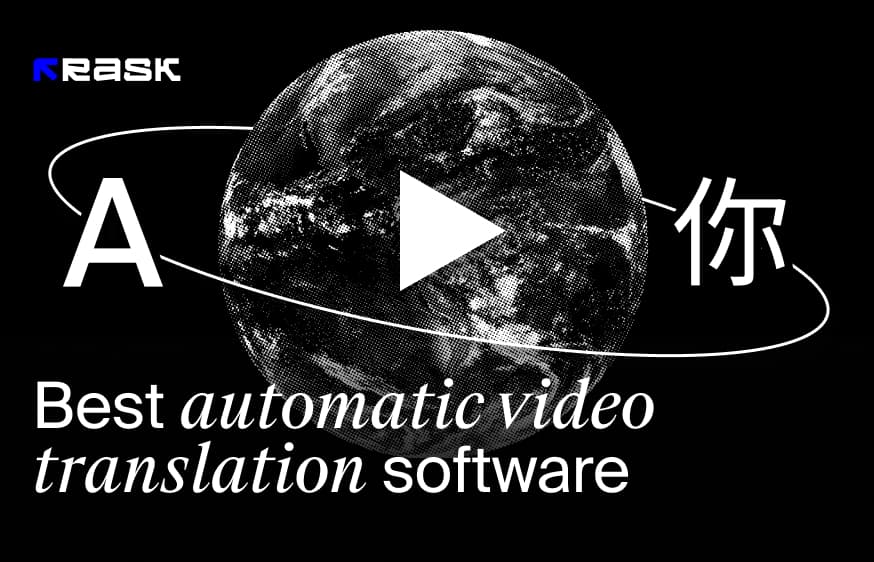
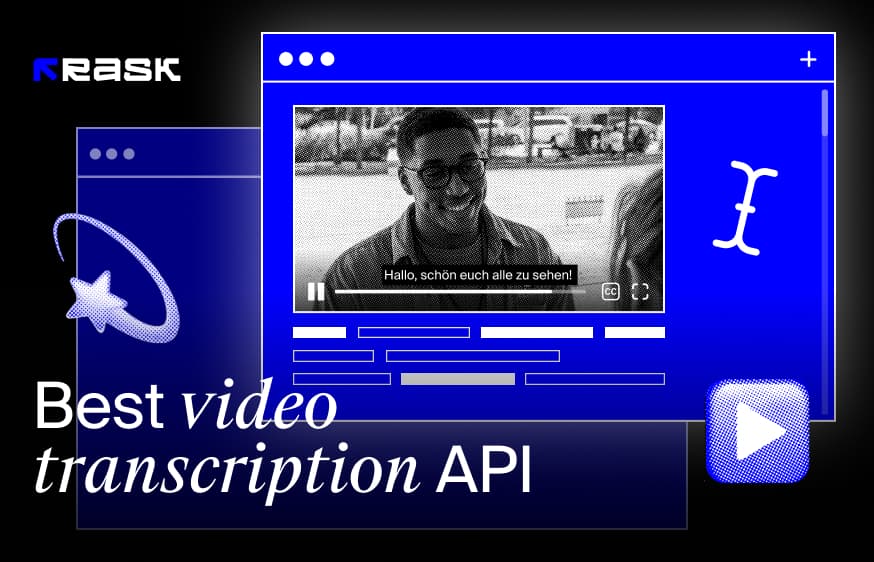
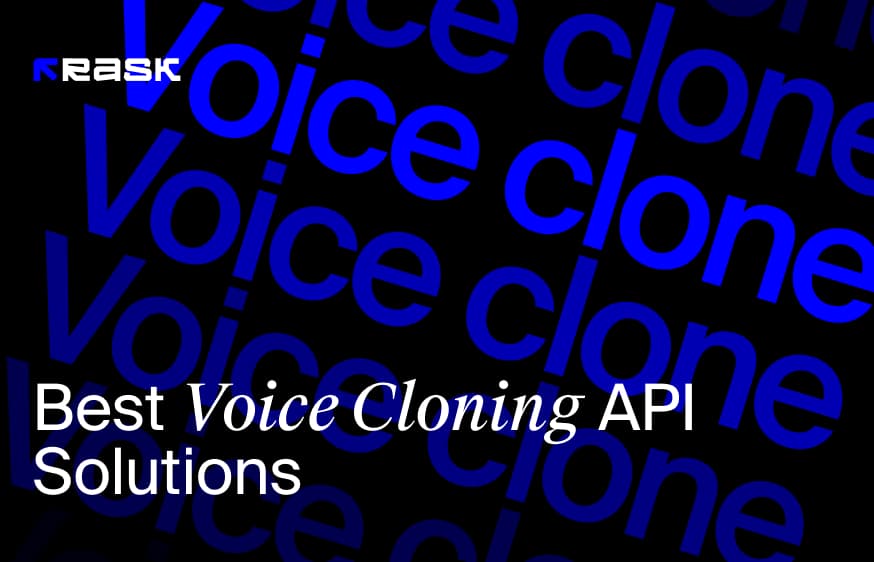
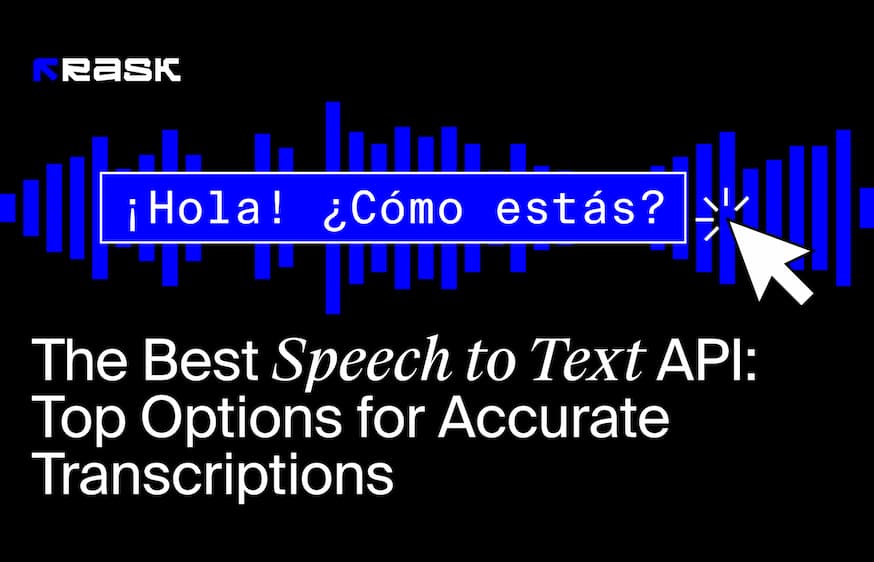

.jpg)
.webp)
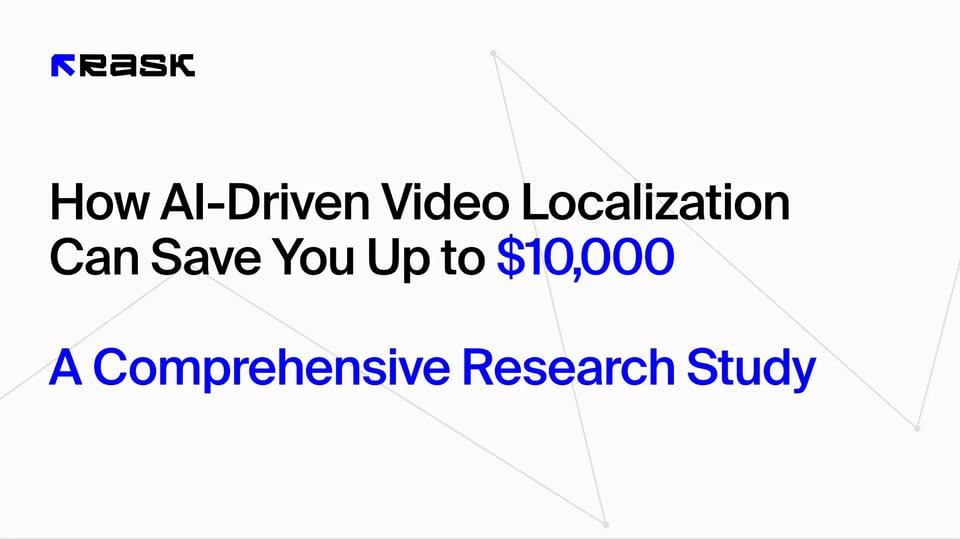
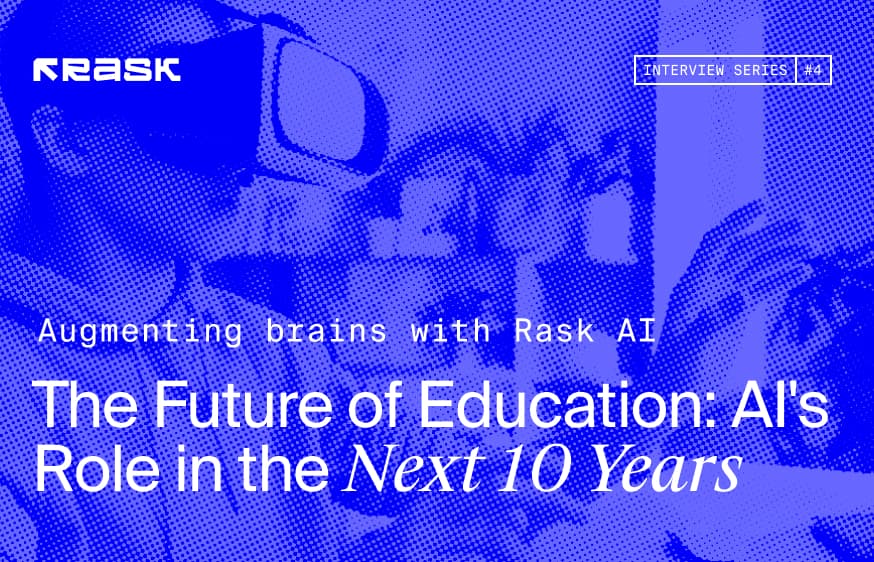
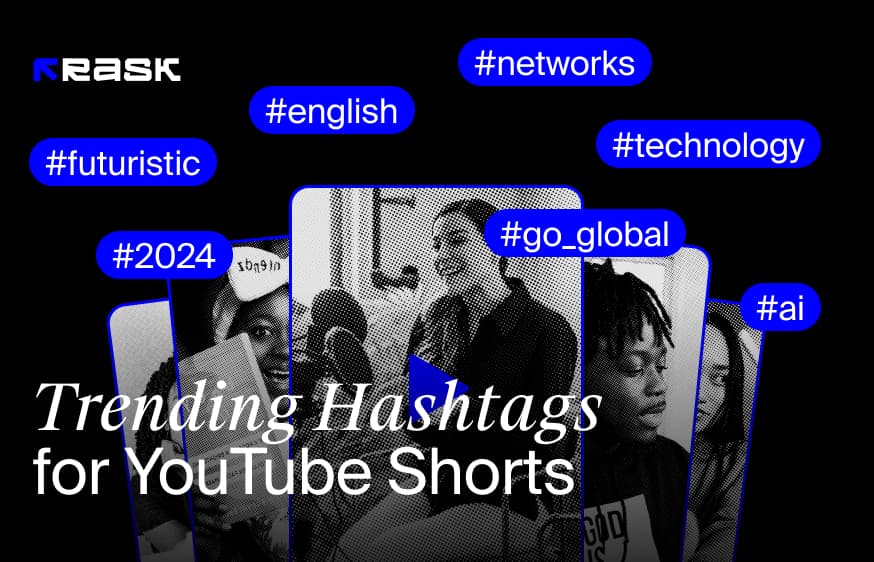
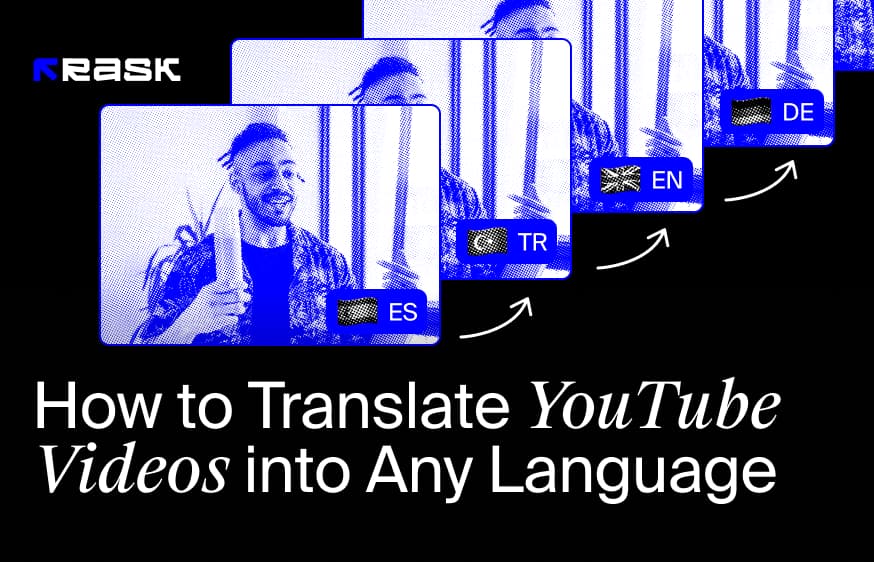
![8 Best Video Translator App for Content Creators [of 2024]](https://rask.ai/cdn-cgi/image/width=960,format=auto,fit=scale-down/https://cdn.prod.website-files.com/63d41bc99674c403e4a7cef7/6668a3dcd3175bd1d1c73c81_Best%20video%20translator%20apps%20cover.webp)
![Best AI Dubbing Software for Video Localization [of 2024]](https://rask.ai/cdn-cgi/image/width=960,format=auto,fit=scale-down/https://cdn.prod.website-files.com/63d41bc99674c403e4a7cef7/66685014f68137eb05c89c16_Cover.webp)

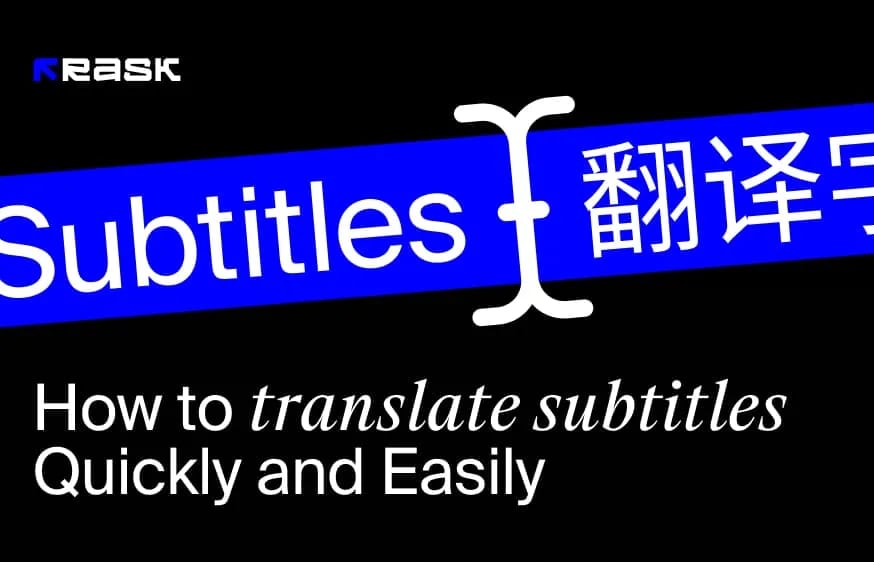
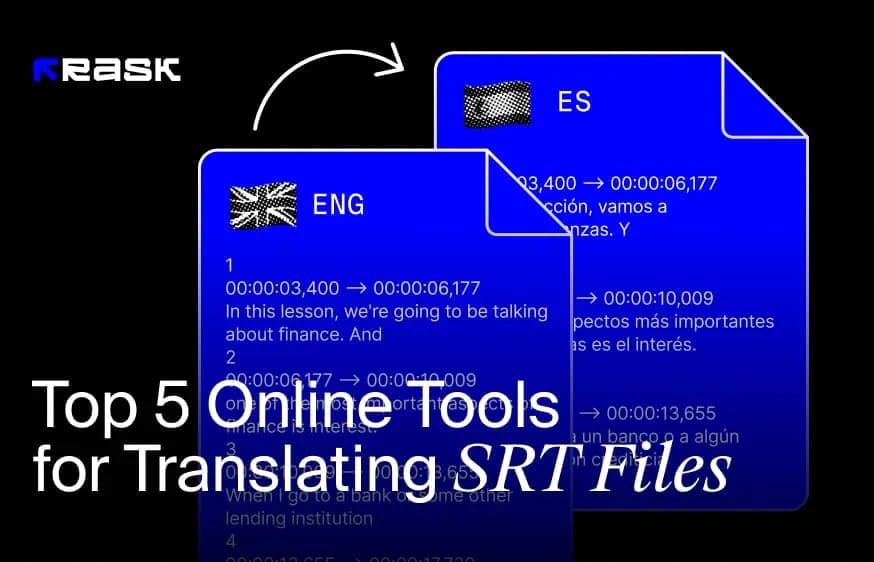
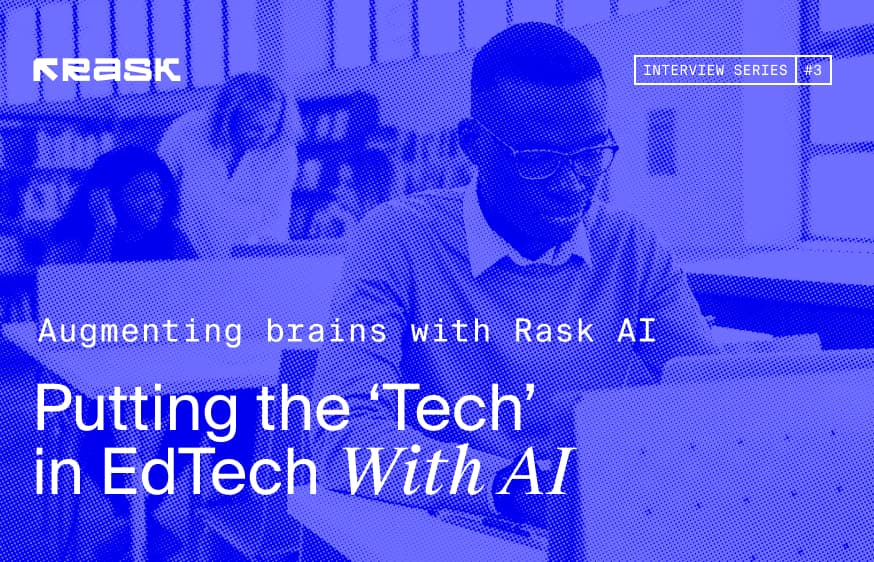
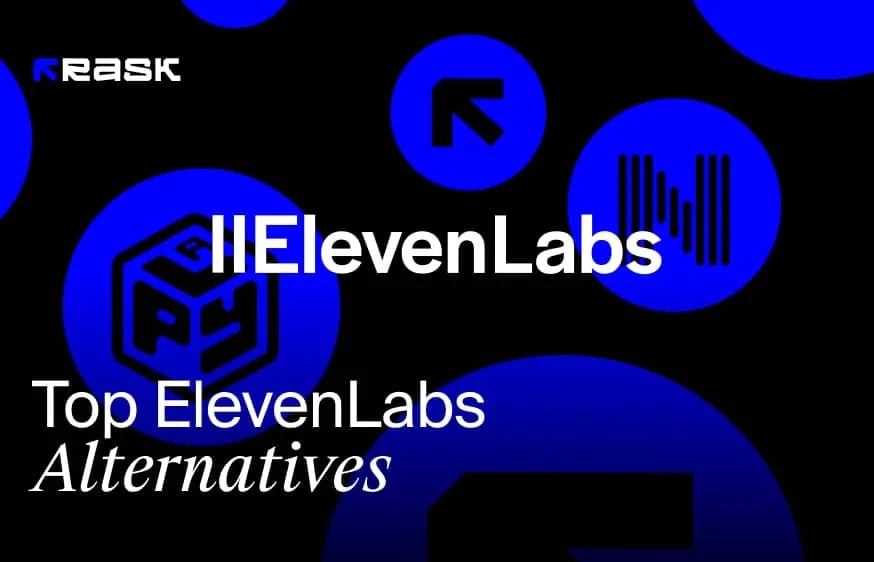
.webp)
